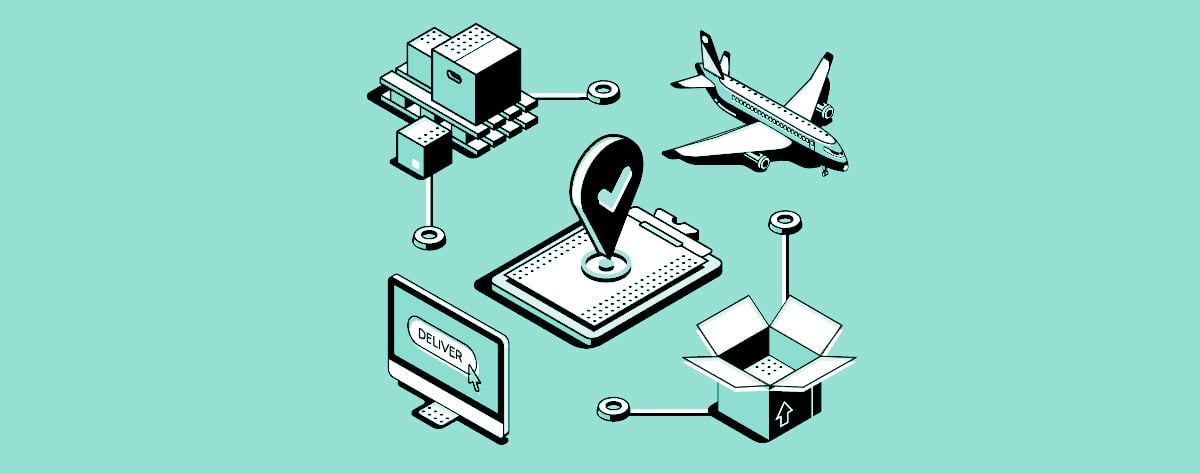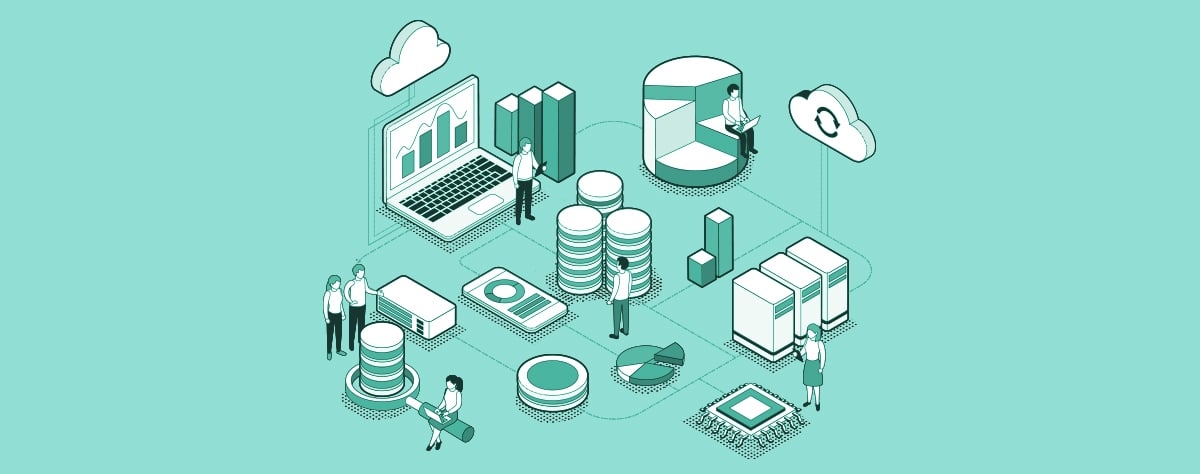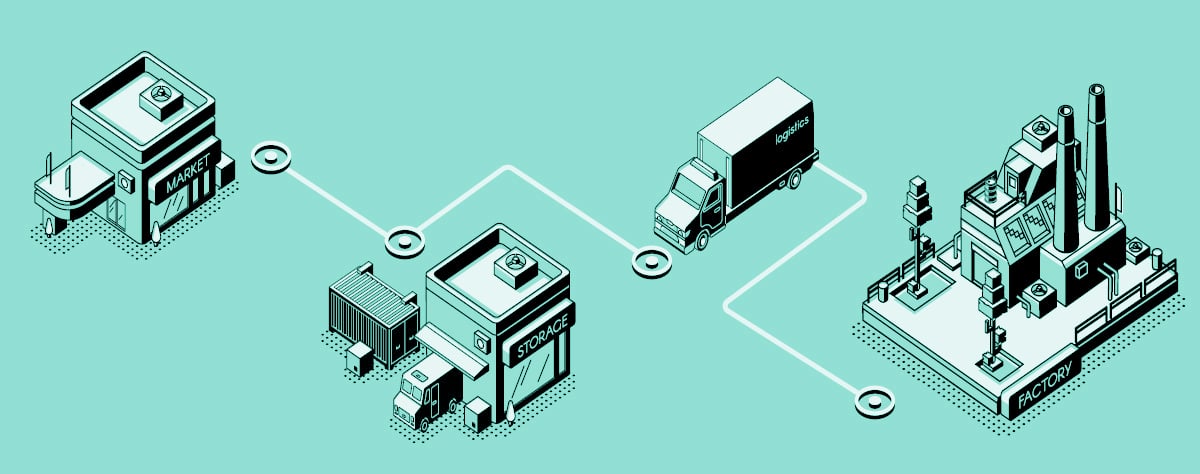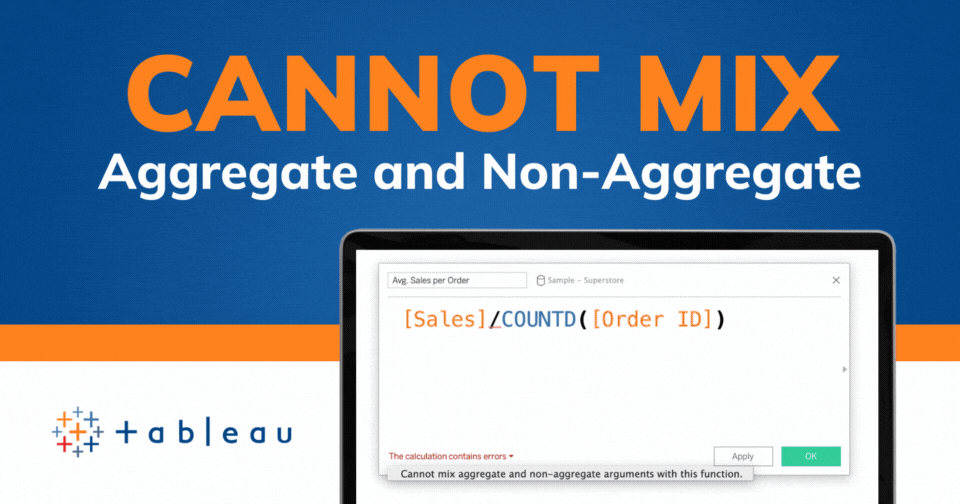Tableau Conference 2025 | Know Before You Go
If you’re a data enthusiast, analytics professional, or just someone curious about Tableau’s latest innovations, the Tableau Conference 2025 is your...

 What Is The Supply Chain?
What Is The Supply Chain? A supply chain is an end-to-end system required for producing and delivering a product or service. More simply, the flow of goods and services and the inputs required to produce them in order to meet demand. Supply chain disruption is often the clear culprit when your supermarket is out of your favorite soup, new and used car inventory is low, and the cost of lumber is at an all-time high, but supply chain disruptions can manifest in ways that we don’t traditionally consider “supply chain” issues - a longer wait at the dentist’s office, shipping delays on products purchased online, or wider arrival windows for repair contractors to your home. Businesses of all kinds - manufacturing, wholesale and retail, healthcare, and government, employ supply chain management to steer the flow of inputs to goods and services.

In times of uncertainty, scarcity, and robust competition for consumer attention, the supply chain is no longer operational but rather a highly strategic focus of any successful business. Supply chain disruptions can add pressure to profit margins by way of rising input costs - think fuel and commodity pricing, labor, and tariffs, among other factors. These factors can be a result of international or political pressure, climate change and weather events, or long-term anomalous events like COVID. Times of uncertainty and disruption require businesses to have the agility to react quickly to changes in consumer preferences and behaviors, the ability to predict supply chain issues before they occur, understand root causes, and prioritize based on business value.
Fortunately, we are in a time of unprecedented data availability, which allows practitioners, should they have the capability, to realize actionable, practical, and profitable solutions using advanced analytics and data science. Descriptive and diagnostic analytics and reporting paint the picture of what has happened throughout every stage of your supply chain and sets the stage for predictive and prescriptive models using machine learning techniques. Supply chain data science considers both internal and external factors in order to make predictions and allows you to optimize based on the things you can control while anticipating things that you cannot, enabling you to focus on the now what - data-driven decision-making.
Data Science and machine learning can be extremely valuable tools to bolster your supply chain with the agility to adapt faster to, and recover more quickly from, disruptions. Using predictive analytics allows you to anticipate disruptions, while prescriptive analytics allows you to optimize across your supply chain and support data-driven decision-making. Let’s take a look at six high-impact ways that Data Science can make your supply chain smarter and more effective.

Predict consumer demand based on sales and marketing cycles as well as other internal and external factors. Demand forecasting uses predictive analytics of historical data to estimate future demand for products or services. Demand forecasting enables the business to make better-informed decisions about everything from production and inventory planning to staffing needs and pricing and promotion strategy.
Anticipate manufacturing equipment and transportation vehicle failures and out-of-service times in order to reduce lost production time. Predictive maintenance utilizes historical and real-time data collected via IoT to enable companies to detect anomalies in equipment as well as to flag equipment failures before they occur. Predictive maintenance allows companies to avoid unplanned downtime and reactive maintenance while reducing the cost of preventative maintenance.
Determine optimal inventory levels based on consumer demand, facility space, input availability, and staffing. Inventory management modeling is an optimization technique that considers your business’s unique constraints and the expected flow of products to ensure that you are replenishing inventory at just the right cadence and avoiding over and under-production of products, enabling you to meet customer demand while reducing storage bottlenecks and inventory spoilage.

Peel back the factors leading to employee attrition so you can focus on developing and supporting existing talent where needed to reduce costly turnover. Employee attrition forecasting allows you to take a holistic approach to understanding why your employees leave and to predict losses before they occur. A better understanding of factors leading to attrition provides the opportunity to address what’s not working and ensure healthy turnover that retains your strongest talent and reduces the organizational costs of hiring and training.
Understand candidate characteristics and prioritize where you need to invest and recruit in order to maximize qualified candidates responding to your job postings. Searching for candidates, interviewing, qualifying, and training them is extremely costly. Using machine learning to optimize your candidate pool can decrease both the cost and effort of fully staffing your business by ensuring that you are searching for the right candidates in the right channel given your unique workforce objectives.
Determine staffing needs based on product and service flows to ensure that you are dynamically employing the right number of permanent and temporary employees. Maintaining appropriate staffing to meet your production workload is vital and the risks of losing staff due to overtime requirements or lack of hours are costly. Using Data Science methods to predict your workforce needs enables you to meet production requirements while reducing the need for costly overtime, scrambling to fill last-minute staffing gaps, or risking lost production.
DataDrive is a full-stack modern analytics consultancy with deep data science and machine learning expertise across a range of industries. Whether your company is just beginning your advanced analytics journey or already has an established team, we can help relieve your supply chain pressure. Let’s talk about how DataDrive can help turn your supply chain into a strategic advantage. Get in touch with our team by visiting the link below!
-2.gif)
If you’re a data enthusiast, analytics professional, or just someone curious about Tableau’s latest innovations, the Tableau Conference 2025 is your...

Tableau Plus is the new premium offering from Tableau, a leading data visualization and business intelligence platform. It builds upon the...

If you've spent any time working with Tableau, you've likely encountered the dreaded "Cannot Mix Aggregate and Non-Aggregate Arguments" error. It's a...